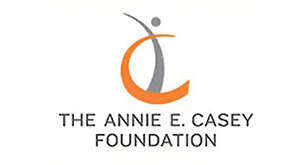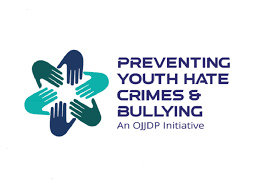Introduction This curriculum is part of the Office of Juvenile Justice and Delinquency Prevention’s (OJJDP’s) initiative to prevent youth hate crimes and identity-based bullying. Operating from a youthbased lens that focuses on prevention and early intervention, this multipronged initiative is … Read More
Author Archives: Jamar Little

Children and Teens with Anxiety or Depression in United States
Child Trends analysis of data from the U.S. Department of Health and Human Services, Health Resources and Services Administration, Maternal and Child Health Bureau, National Survey of Children’s Health. The state-level data used here come from the National Survey of … Read More

National Hispanic Heritage Month
Taking a Closer Look at Latino Children’s Well-Being National Hispanic Heritage Month is an opportunity to honor the rich cultural diversity and histories of Hispanic and Latino populations in America. Each year, from Sept. 15 to Oct. 15, the month celebrates the valuable contributions … Read More

A Comprehensive Approach to Wellness for All School Staff
While back-to-school time is an occasion for school systems to set their priorities and align resources to ensure a successful school year, many focus exclusively on students’ needs and fail to address the needs that ensure their staff members’ well-being. … Read More

Investigation: Nearly 1,000 Native Children Died in Federal Boarding Schools
Sexual and psychological abuse, child labor in government-run schools, finds Department of Interior’s final report. Nearly 1,000 Native American children died or were killed while forced to attend U.S. government-affiliated boarding schools, according to a report by the Interior Department. The children … Read More

Children in Poverty in United States
Why This Indicator Matters Growing up poor has wide-ranging and long-lasting repercussions. Poverty elevates a child’s risk of experiencing behavioral, social and emotional and health challenges. Child poverty also reduces skill-building opportunities and academic outcomes, undercutting a young student’s capacity … Read More

Temperature and Maltreatment of Young Children
1. Introduction In the US child maltreatment is common and costly; almost 40% of children in a 2011 survey reported experiencing maltreatment by adulthood (Finkelhor et al., 2013). Maltreatment is most prevalent among young children: in 2019, about 40% of … Read More

Human Trafficking Response Guide for The Hospitality Industry
ABOUT THIS GUIDE As a hospitality industry professional, you are in a unique position to recognize and report potential human trafficking violations. You play an important role because you regularly interact with guests and the greater public in general. You … Read More

“Unto the Third Generation” Revisited: The Impact of a National Plan to End Child Abuse in The United States within Three Generations
David Chadwick was “an international pioneer in identifying, treating and preventing child abuse and a recognized expert in the field who started a movement” which included a call to end child abuse. Led by Dr. Chadwick, San Diego’s Children’s Hospital … Read More

Leveraging Title IV-E To Advance High-Quality Legal Representation & Training
NEW FEDERAL RULEMAKING FOR CHILD WELFARE LEGAL REPRESENTATION In May 2024, the U.S. Children’s Bureau published a new regulation regarding Foster Care Legal Representation. The new rule codifies and expands the opportunity for federal matching funding for legal services that … Read More

